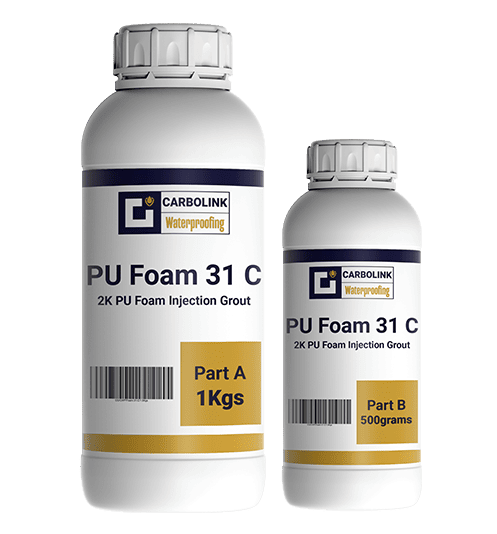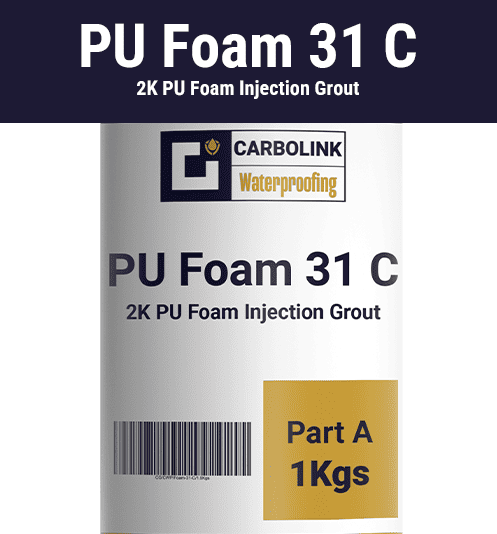Application Methodology
Surface Preparation
Prior to the injection procedure, check the nature of the building structure, type of cracks, hydrostatic conditions and water quality.
Clean the cracks and crack edges so that the source of water leakage can be detected. Remove all spalled layers of plasters from the
area of the injection level and patch all joints and defective brickwork with quick-drying cement mortar. Drill holes considering the
actual size (thickness) of the wall/concrete member and the size and length of injection packers to be used. In the case of crack
injections into brickwork and horizontal water stops, drill the holes into the bricks to ensure that the mechanical packers are fastened
tightly. When tightening the packers, make sure that the injection hose rests comfortably on the zerk or button head fittings.
Mixing
Empty components A and B, which are provided according to the required mixing ratio of 2:1 (parts by volume) or measured out in
separate containers by the user, completely into a mixing vessel and mix homogeneously.
Application - Injection Procedure
Apply PU Foam 31 C injection by means of a single or two-component pump. Make sure that only pure PU Foam 31 C injection without
any residues from cleaning agents or other foreign matter is injected. The injection pressure depends on the nature of the building and
the hydrostatic conditions. In the case of crack injections, the injection procedure must be continued until the crack is filled completely
and the resin can be seen emerging from the adjacent packers.
Finishing
After the curing process of the injection resin (approx. 24 hours after the injection), remove the packers and close the drill holes with
suitable mineral building materials (quick-binding cement, swelling mortar).
Precautions
Do not allow the material to enter drains or soil in an unmixed state. Ensure that all spalled layers of plasters from the area of the
injection and all joints and defective brickwork are properly patched and levelled with suitable repair mortar

